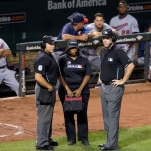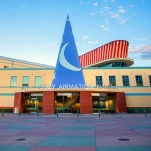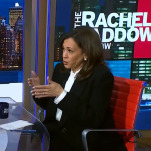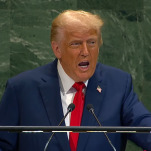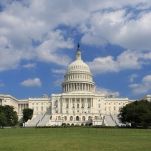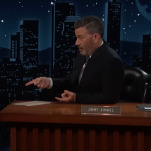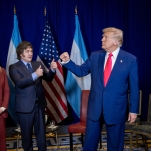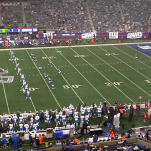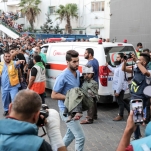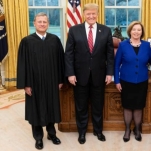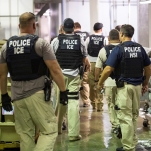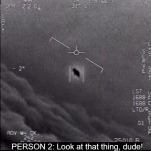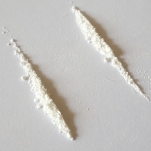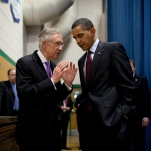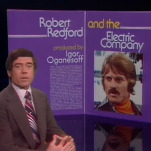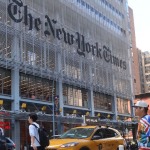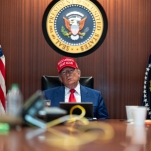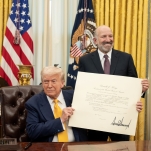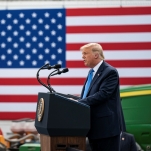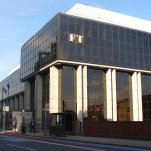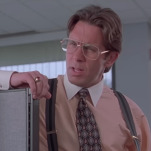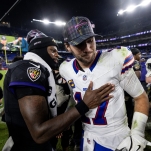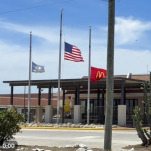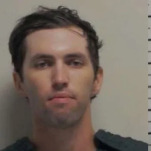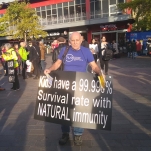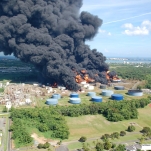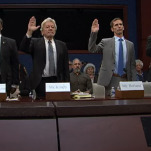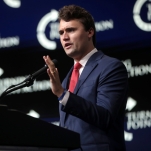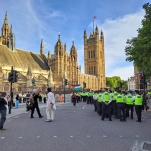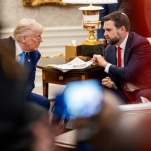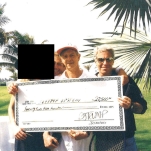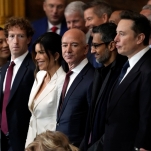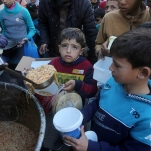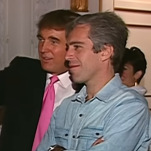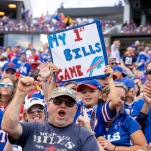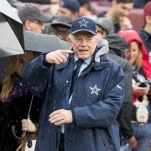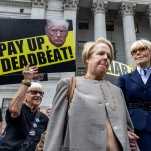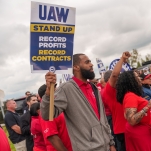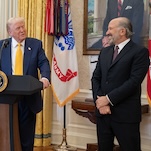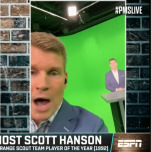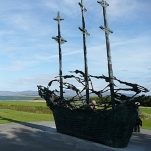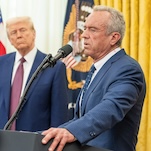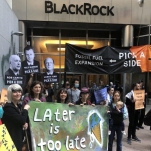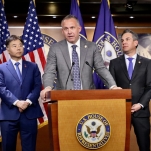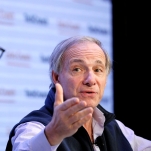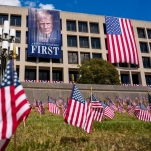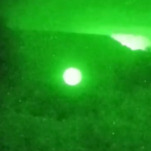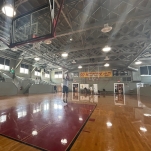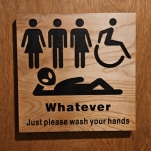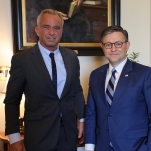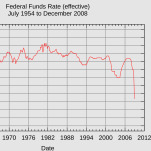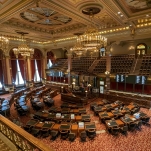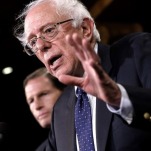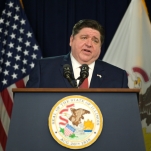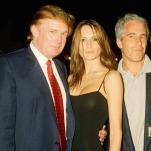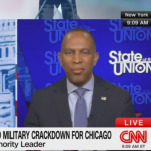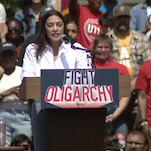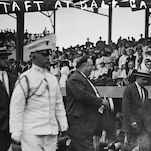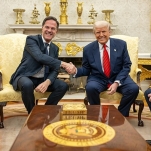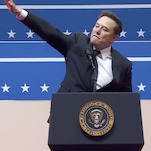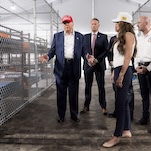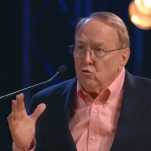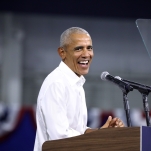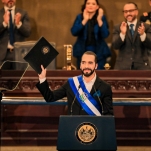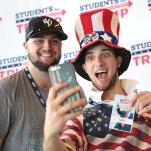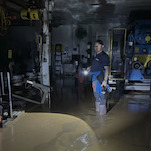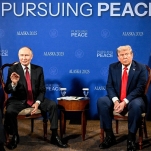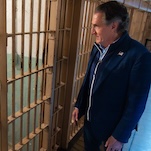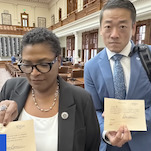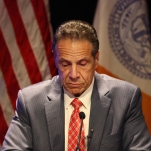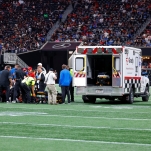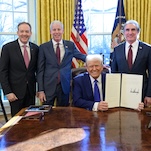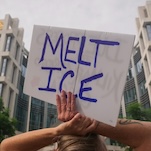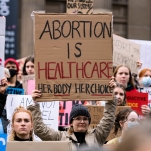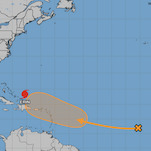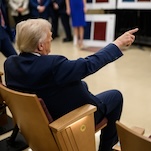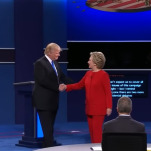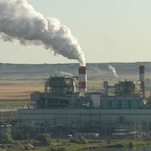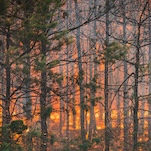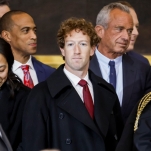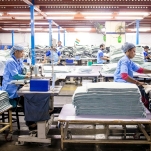Neighbors sound like strangers in Ferguson
FERGUSON, Mo. — There are two very different conversations happening here that are sparking divergent reactions to the shooting death of Michael Brown by police officer Darren Wilson.
On one end of town, tensions have exploded for nearly two weeks — among many African-Americans protesting not just Brown’s death but also against injustice and persistent inequality. For these objectors, a return to the status quo is not an option. They want to increase voter participation to get a more diverse slate of political candidates and change department hiring practices to get a police force more reflective of their community.
On the other end, residents are filing into the Corner Coffee House in downtown Ferguson, picking up yard signs and t-shirts to proudly and publicly declare their love for their city.Their group, aptly named Friends of the City of Ferguson, has emerged to counter what they call negative and incorrect images of their town in the media. For them, Ferguson has become a scapegoat that in reality is no worse than many other cities in America. Many are eager to move on from the recent unrest and look forward to a return to normalcy.
Among their less-drastic suggestions for bringing progress to the community: Holding a parade, executing a beautification project along the city’s black corridor and getting a large group to make a viral video on social media of residents taking the “Icebucket Challenge.”
In recent days, the latter group — which is largely white — has become increasingly vocal in their support for Ferguson as their movement has gained ground. On Thursday, the group held their first meeting at the First Baptist Church, bringing into a public forum a conversation that has also been happening here, albeit away from the cameras. About 200 people attended.
The Friends of the City of Ferguson plan to donate their proceeds to a local youth initiative and to help area businesses that suffered damages in last week’s riots and looting. The nascent campaign has sold more than 3,000 t-shirts and given away more than 5,000 signs, and plans to order more of both.
It’s not clear who is leading the effort for change in Ferguson’s African-American community. Several different groups, both local and national, have been represented at church meetings and at the protests along West Florissant Avenue, offering counseling, humanitarian aid, legal guidance, food and other assistance. Clergy, volunteers, and elders are among those who have helped with peacekeeping efforts between police and demonstrators.
The stated aim of Thursday’s meeting was to begin healing and offer to suggestions on how to move forward. Unwelcome were “war stories,” or gripes about past wrongs. While sympathy was expressed for Brown’s family, there was little mention of the shooting.
Flyers were distributed listing “Facts About the Ferguson Community” that people were asked to refer to as talking points, should they be interviewed. The handout mentioned Ferguson’s 10 neighborhood associations, its monthly community newspaper, and award-winning farmer’s market.
-

-

-

-

-

-

-

-

-

-

-

-

-

-

-

-

-

-

-

-

-

-

-

-

-

-

-

-

-

-

-

-

-

-

-

-

-

-

-

-

-

-

-

-

-

-

-

-

-

-

-

-

-

-

-

-

-

-

-

-

-

-

-

-

-

-

-

-

-

-

-

-

-

-

-

-

-

-

-

-

-

-

-

-

-

-

-

-

-

-

-

-

-

-

-

-

-

-

-

-

-

-

-

-

-

-

-

-

